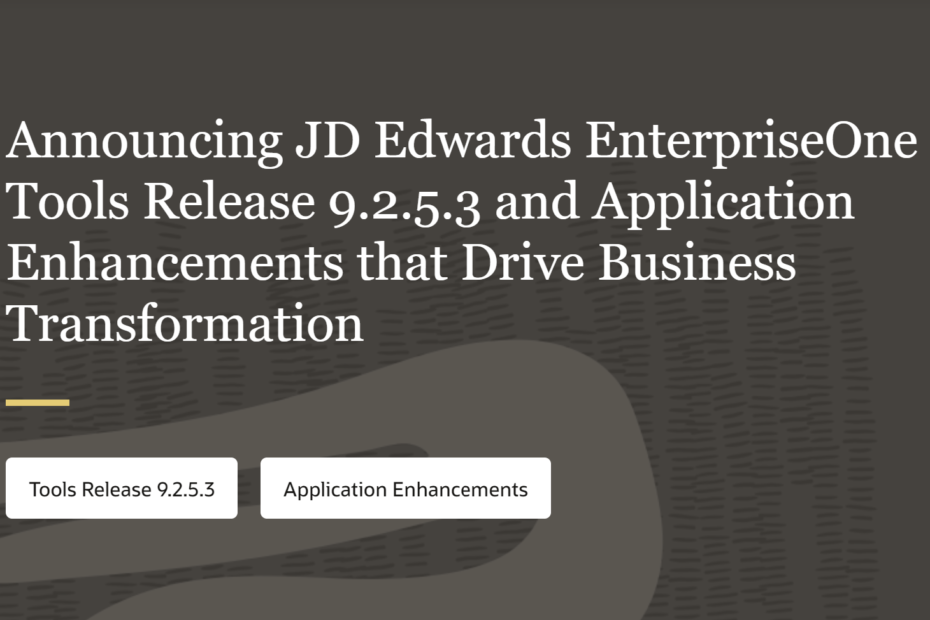Recently, Oracle announced the release of JD Edwards 9.2.5.3. This release includes a swag of functional enhancements across numerous processes and modules and quite a lot of tools updates to Orchestrator.
Of particular interest to our clients are three enhancements to the Grower and Grower Contracts & Payments modules. Here’s what each of these enhancements deliver.
Allow Harvest Dates to Overlap
Previously the one block, or field, could not have start and end dates of separate harvests overlap (apart from using sub-blocks). This will be very useful for crops for which there are overlapping pre and post-harvest activities and costs. Previously, the post-harvest activities and costs would be recorded against the next harvest, or the pre-harvest activities against the prior, accepting that it is directionally correct.


So, what are some scenarios where this configuration would make sense?
Post-harvest processing
Some crops are processed after harvesting (e.g. ginning of cotton), and that post-harvest activity can affect the final yield, pricing, and quality of the harvested crops. At the same time as the post-harvest processing, work on the next season’s harvest, such as tilling, pre-emergent herbicides, and planting are being done on that same block. This new feature will allow the post-harvest processing to be recorded against the “completing” harvest and the new crop’s activities to be recorded against the “beginning.”
Overlapping Fruit and Blossom
Certain varieties of citrus blossom for the next season’s fruit while the current season’s fruit is still on the tree. During this period two distinct activities can be occurring to the same trees: harvesting of the ripe fruit and treatment (e.g. spraying of pesticides) of the flowers. The harvest activities can now be recorded against the “completing” harvest and the treatment activities against the “beginning” harvest.
Ability to Edit Planted Area
This new feature allows the planted area of a harvest block to be edited after an operation has been recorded against that harvest block. Previously, once an operation was recorded, this attribute was locked. This will be particularly useful for row crops where certain activities such as tilling, application of pre-emergent herbicides and fertilizers, etc. are done before planting. Once planting is completed, the planted area can now be updated to reflect the actual planted area, taking into account areas that didn’t sprout, or were missed, etc., rather than having to keep the planned planted area in place for that growing cycle. This will support precision farming with more accurate yields, applications rates, etc.
Ability to Change Contract Header and Block End Dates to an Earlier Date
For various reasons, a contract may need to be ended earlier than initially intended. For example, an evergreen contract may be carried over to a new year and the new harvest generated after which, for various reasons, it is decided to end the contract. Before this change it wasn’t possible to change the contract end date back to when it actually ended (except via the all-evil SQL update) but this change now makes that possible and, in this example, the newly generated harvest could also be terminated.
Each of these new enhancements increases the functionality of JD Edwards Grower and Grower Contracts and Payments Modules, and should improve the efficiency and processing for those who use them.
This release contains numerous other functional enhancements across inventory, procurement, quality, manufacturing and more that agribusinesses and wineries may find useful. It also contains more tools enhancements, particularly for Orchestrator. For details on all of these check out: https://docs.oracle.com/cd/E84502_01/learnjde/announcements.html
Disclaimer: The above analysis is based on our understanding of current and new JD Edwards functionality and related agribusiness and wine processes. We do not guarantee systems functionality or applicability of the functionality to any scenario.



Great information here, thank you for sharing.
Comments are closed.